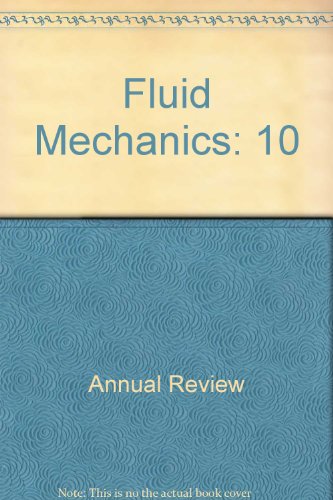对流风暴的自发聚集
IF 30.2
1区 工程技术
Q1 MECHANICS
引用次数: 21
摘要
对热带大气的理想化模拟预测,尽管环境完全均匀,云也能在太空中自发地聚集在一起。这种现象被称为自聚集,它会导致一种状态,即具有强烈深层对流风暴的潮湿多云区域被极度干燥的下沉空气所包围,没有深层云。我们在此回顾了这一现象的理论研究和理想模型的主要发现,强调了被认为在对流自聚集中起关键作用的物理过程。我们还回顾了越来越多的关于这一现象对热带大气的重要性和影响的文献,特别是对水文循环和极端降水的影响,在我们当前和变暖的气候中。预计流体力学年度评论的最终在线出版日期,第54卷是2022年1月。修订后的估计数请参阅http://www.annualreviews.org/page/journal/pubdates。本文章由计算机程序翻译,如有差异,请以英文原文为准。
Spontaneous Aggregation of Convective Storms
Idealized simulations of the tropical atmosphere have predicted that clouds can spontaneously clump together in space, despite perfectly homogeneous settings. This phenomenon has been called self-aggregation, and it results in a state where a moist cloudy region with intense deep convective storms is surrounded by extremely dry subsiding air devoid of deep clouds. We review here the main findings from theoretical work and idealized models of this phenomenon, highlighting the physical processes believed to play a key role in convective self-aggregation. We also review the growing literature on the importance and implications of this phenomenon for the tropical atmosphere, notably, for the hydrological cycle and for precipitation extremes, in our current and in a warming climate. Expected final online publication date for the Annual Review of Fluid Mechanics, Volume 54 is January 2022. Please see http://www.annualreviews.org/page/journal/pubdates for revised estimates.
求助全文
通过发布文献求助,成功后即可免费获取论文全文。
去求助
来源期刊
CiteScore
54.00
自引率
0.40%
发文量
43
期刊介绍:
The Annual Review of Fluid Mechanics is a longstanding publication dating back to 1969 that explores noteworthy advancements in the field of fluid mechanics. Its comprehensive coverage includes various topics such as the historical and foundational aspects of fluid mechanics, non-newtonian fluids and rheology, both incompressible and compressible fluids, plasma flow, flow stability, multi-phase flows, heat and species transport, fluid flow control, combustion, turbulence, shock waves, and explosions.
Recently, an important development has occurred for this journal. It has transitioned from a gated access model to an open access platform through Annual Reviews' innovative Subscribe to Open program. Consequently, all articles published in the current volume are now freely accessible to the public under a Creative Commons Attribution (CC BY) license.
This new approach not only ensures broader dissemination of research in fluid mechanics but also fosters a more inclusive and collaborative scientific community.

 求助内容:
求助内容: 应助结果提醒方式:
应助结果提醒方式:


